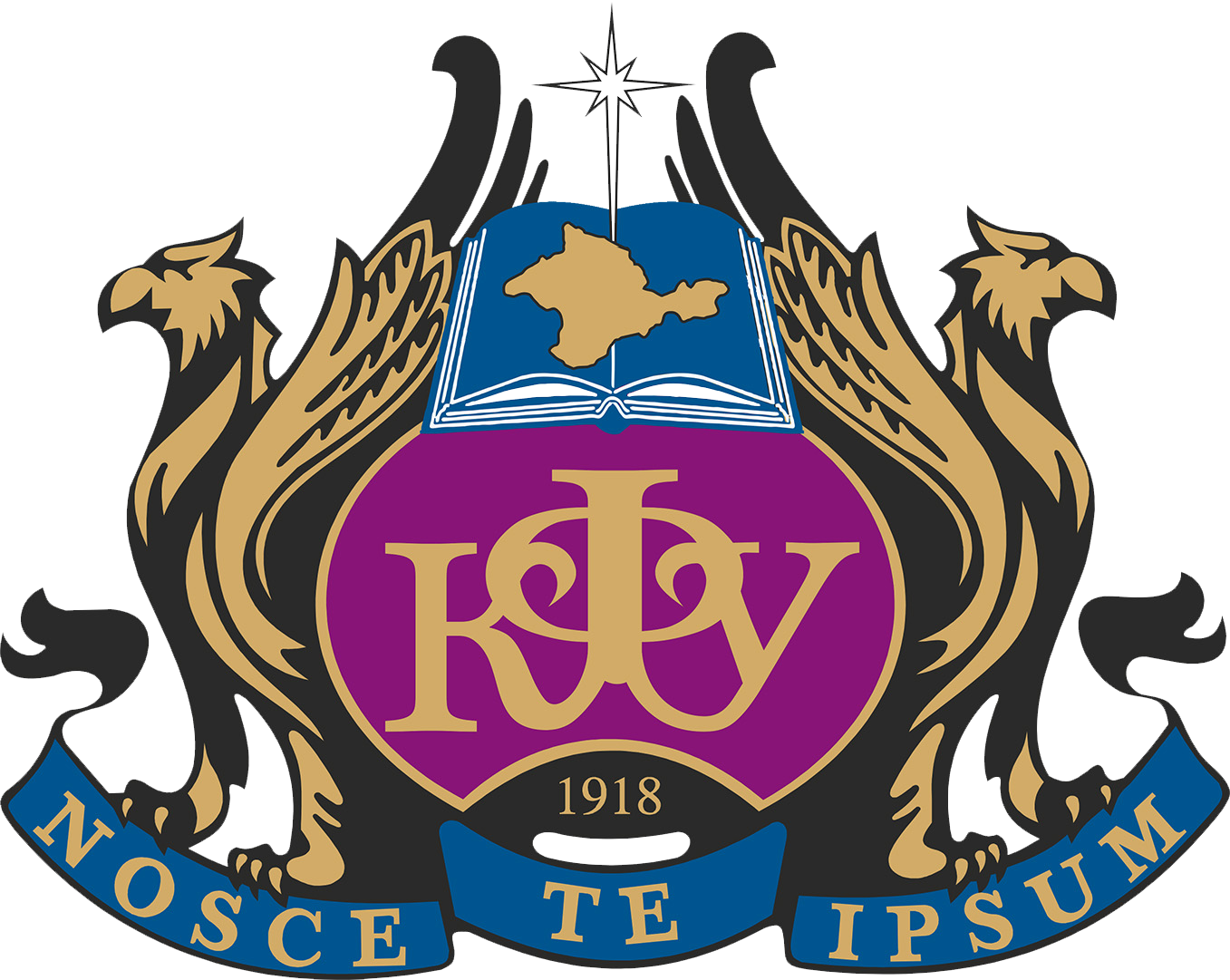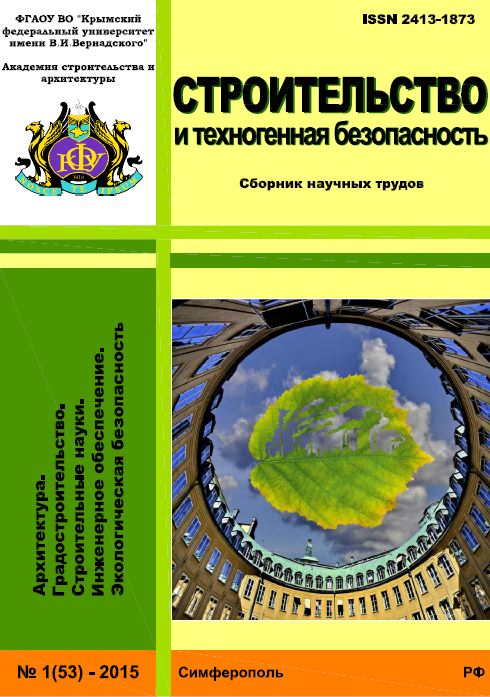The existing methods of water deaeration are divided into physical and chemical. The essence of physical deaeration methods is as follows: water containing the gas to be removed is brought into contact with air if the partial pressure of this gas in the air is close to zero; conditions are created under which the solubility of the gas in water becomes negligible. With the first method of water aeration, free carbon dioxide and hydrogen sulfide are usually removed, since the partial pressure of these gases in the atmospheric air is close to zero. The second method is used when extracting oxygen from water. In this case, due to the significant partial pressure of oxygen in the atmospheric air, oxygen cannot be removed by aeration of water, so the water is brought to a boil, then the solubility of all gases in it drops to zero. To do this, either heating the water or lowering the pressure to a value at which the water boils without additional heating in vacuum deaerators is used. In a vacuum deaerator, most of the gases are released from the water in the form of bubbles that reach the surface of the water.The purpose of this work is to determine the evaporation rate, which is formed as a result of heat treatment of water in a vacuum deaerator. The deaeration process is physically independent of the absolute pressure. Zero solubility of gases can be achieved at any boiling point, and therefore at a boiling point below 100 ° C, so that water deaeration can be carried out at a pressure below atmospheric pressure. The evaporation rate as a result of water treatment in a vacuum deaerator has been determined. Subject: mass transfer processes in heat flows. Materials and methods: mathematical methods of physical and numerical modeling. Results: as a result of the research, dependences were obtained that make it possible to establish a relationship between the consumption of steam and deaerated water. Conclusions: the ratio for determining the evaporation rate during the deaeration process has been clarified.
thermal deaeration, gas concentration, gas solubility coefficient, enthalpy, evaporation, vacuum
1. Braginskiy L.N., Evilevich M.A., Begachev V.I. i dr. Modelirovanie aeracionnyh sooruzheniy dlya ochistki stochnyh vod. L.: Himiya. 1982. 48 s.
2. Trub I.A., Litvin O.P. Vakuumnye deaeratory. M.: Energiya. 1967. 100s.
3. Oliker I.I., Permyakov V.A. Termicheskaya deaeraciya vody na teplovyh elektrostanciyah. D.: Energiya. 1971. 185 s.
4. Gimmel'berg A.S., Grigor'ev G.V., Mihaylov V.G., Egorov P.V., Shilova N.E. Novye termicheskie deaeratory dlya TES i kotel'nyh // Sbornik dokladov nauchno-prakticheskogo seminara «Resurs
5. Zolotova E.F., Ass G.Yu. Ochistka vody ot zheleza, marganca, ftora i serovodoroda. M.: Stroyizdat. 1975. 176 s.
6. Timonin A.S. Inzhenerno-ekologicheskiy spravochnik. T. 2. Kaluga: Izdatel'stvo N. Bochkarevoy. 2003. 884 s.
7. Dihtyar' T.V. Opredelenie sostava gaza ot razlichnyh promyshlennyh i bytovyh ob'ektov // Stroitel'stvo i tehnogennaya bezopasnost'. Nauchno-tehnicheskiy zhurnal po stroitel'stvu i arhitekture.
8. Kirsh A.K., Lagun V.P., Simoyu L.L, Nahman O.V. i dr. Deaeraciya v kondensatorah parovyh turbin // "Teploenergetika". 1977 № 10. S. 12-15.
9. Galustov V. S. Termicheskaya deaeraciya vody // Energiya i menedzhment. 2004. № 1. S. 17-19.
10. Berman S.S. Teploobmennye apparaty i kondensacionnye ustroystva turboustanovok. M.: Mashgiz. 1959. 423 s.
11. Klykov M.V. Metodicheskie ukazaniya k laboratornoy rabote "Eksergeticheskiy analiz processa teploobmena v teploobmennike tipa "truba v trube"" po discipline «Teoreticheskie osnovy energo
12. Georgievskiy N.V. Kotly dlya szhiganiya serovodoroda: osobennosti konstruirovaniya i kriterii vybora // Industriya. 2011. № 2. C. 84-89.





